Flax cultivation is great for our planet
According to the European Confederation of Linen and Hemp (CELC), European Flax fibre retains 250,000 tons of CO2 every year(1). It has a very low environmental impact, with almost zero waste and needs less water than cotton in the growing process. Every part of the wonderful flaxseed can be used in some way and it is a completely biodegradable product.
Did you know that Flax has been used to make fibre for
thousands of years?
Woven garments
using wild flax have been found dating as far back as 36,000 years (2).
Incredibly versatile and durable, the flax plant can be used for wallpaper, cosmetics, bedding, paint and even roof insulation.
The entire flax plant
is used to create the
linen fibre
This means there is little to no waste from the weaving & spinning processes. The flax plant is used to create products such as flaxseed and linseed oil, paint and cosmetics. Meaning that when it’s picked to produce linen, nothing else goes to waste.
"Linen production uses significantly less water and pesticides than conventional cotton"
Why we love linen
Linen is so versatile, we use it across our entire range, not just our woven products. Linen can be used on knitwear styles, used to created jersey styles with stretch, beautiful homewear pieces, and can also be combined with other sustainable yarns such as cotton, viscose and bamboo to give the fabric completely different characteristics.
Flax cultivation is great for our planet
According to the European Confederation of Linen and Hemp (CELC), European Flax fibre retains 250,000 tons of CO2 every year (1). It has a very low environmental impact, with almost zero waste and needs less water than cotton in the growing process. Every part of the wonderful flaxseed can be used in some way and it is a completely biodegradable product.
"This almost magical fibre derives from the fibres of the blue-flowered flax plant"
Did you know that Flax has been used to make fibre for
thousands of years?
Woven garments
using wild flax have been found dating as far back as 36,000 years (2).
Incredibly versatile and durable, the flax plant can be used for wallpaper, cosmetics, bedding, paint and even roof insulation.
"Linen production uses significantly less water and pesticides than conventional cotton"
The entire flax plant
is used to create the
linen fibre
This means there is little to no waste from the weaving & spinning processes. The flax plant is used to create products such as flaxseed and linseed oil, paint and cosmetics. Meaning that when it’s picked to produce linen, nothing else goes to waste.
How to wash and look
after your linen garments
1. Gently wash on a cool temperature to avoid shrinking and wash with similar colours.
2. Don’t overfill your machine as overfilling it can twist and pull linen out of shape.
3. Linen can handle heat! If you want to iron out its charming crumples,
do so whilst still damp or use a water spray or steam iron.
4. Fold carefully as creasing in the same areas can cause wear and tear over time.
5. Air dry flat where possible to avoid marks from pegs and hangers.
How to wash and look after your linen garments
1. Gently wash on a cool temperature to avoid shrinking and wash with similar colours.
2. Don’t overfill your machine as overfilling it can twist and pull linen out of shape.
3. Linen can handle heat! If you want to iron out its charming crumples, do so whilst still damp or use a water spray or steam iron.
4. Fold carefully as creasing in the same areas can cause wear and tear over time.
5. Air dry flat where possible to avoid marks from pegs and hangers.
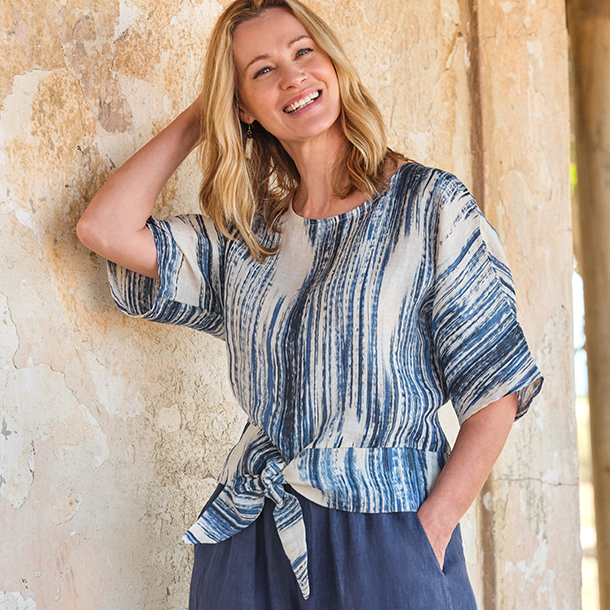
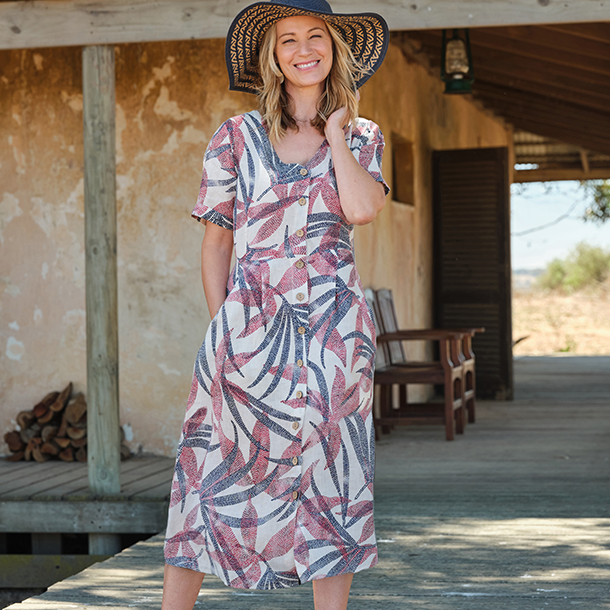
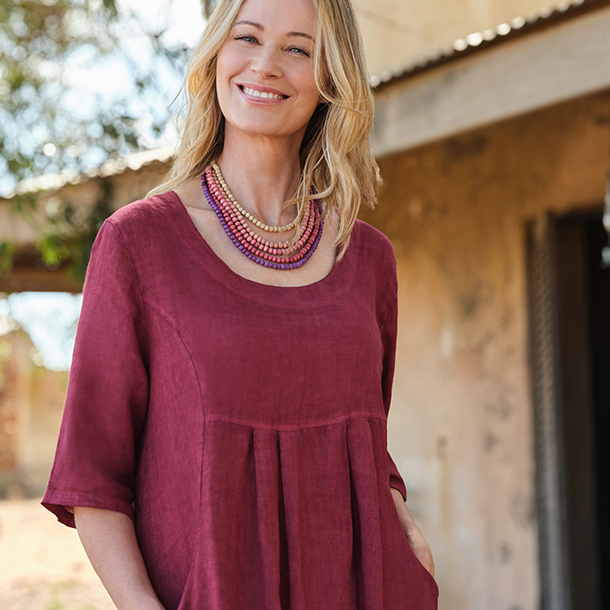
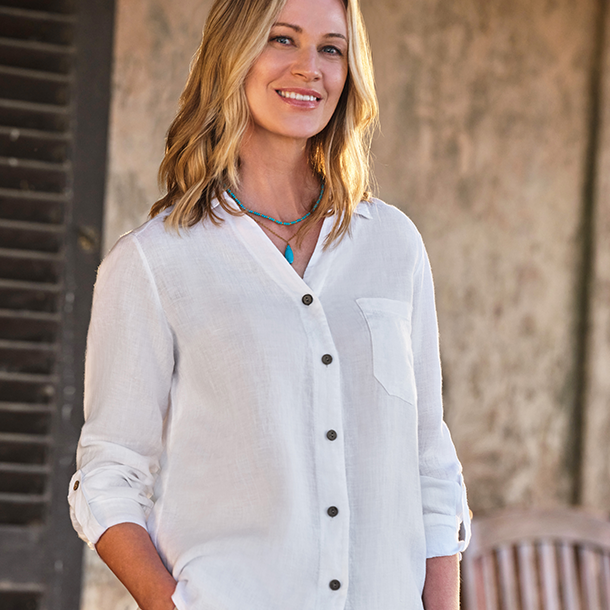
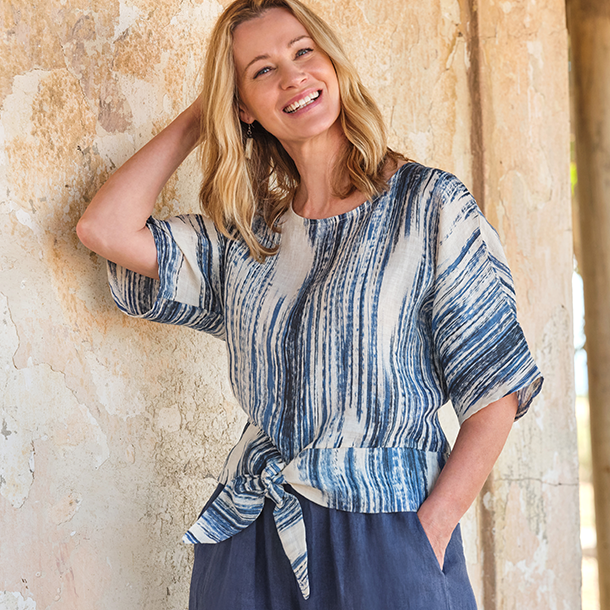
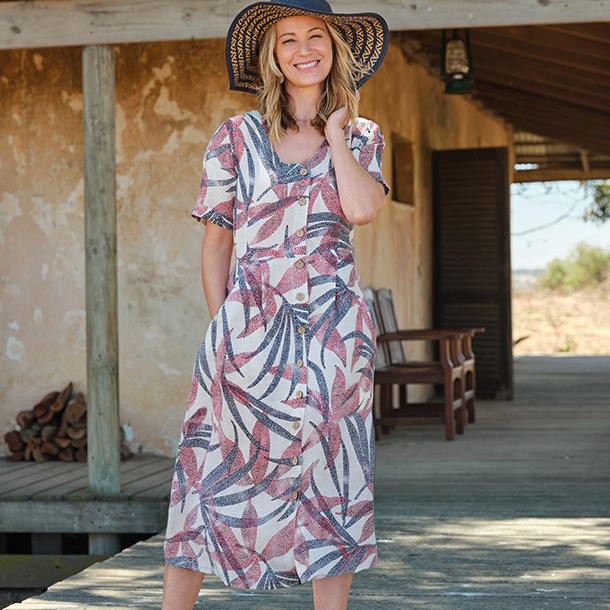
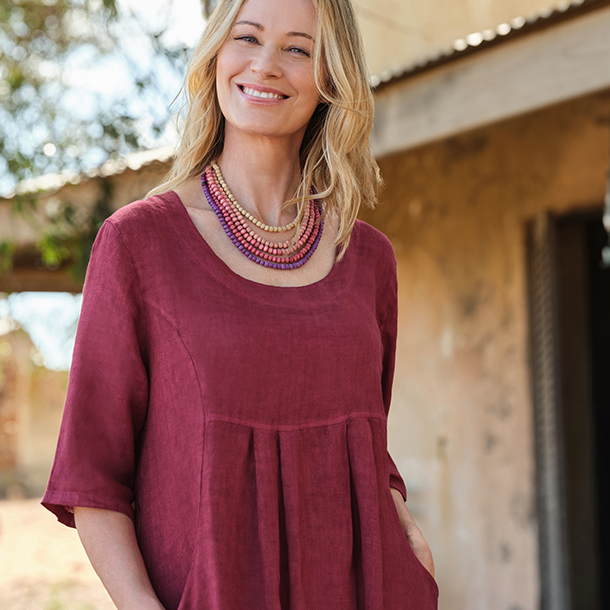
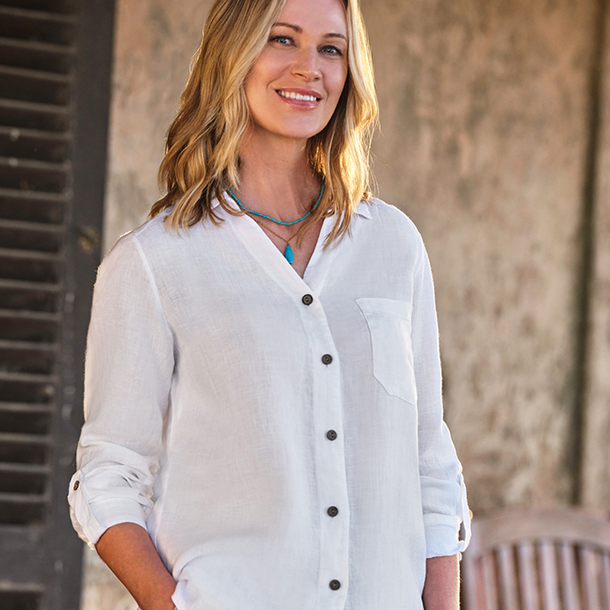

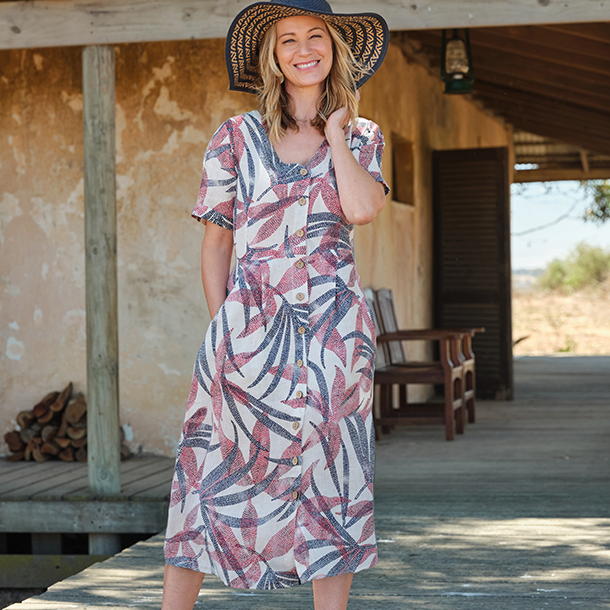

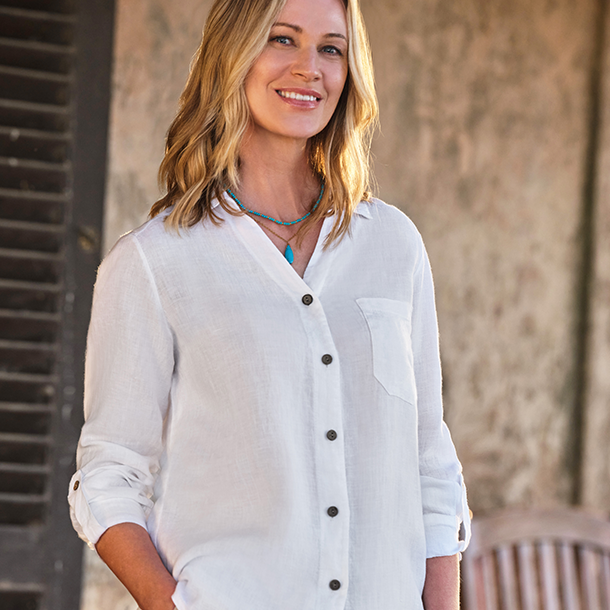
.png)